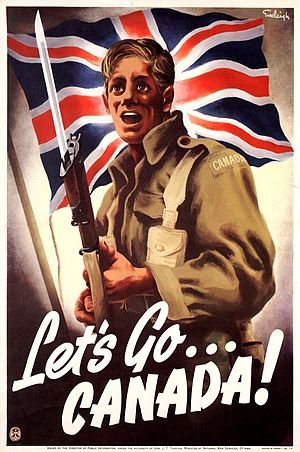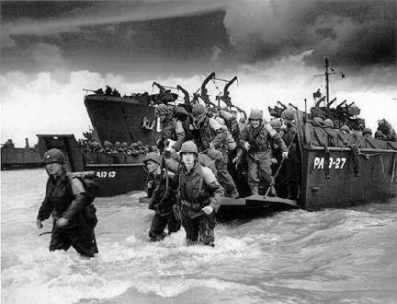March 1938 – ‘Anschluss’
German troops cross the border into Austria and take control. Britain and France  don’t react because of the policy of appeasement.
don’t react because of the policy of appeasement.
October, 1938 – Munich Pact
Hitler demanded that an area of Czechoslovakia known as the ‘Sudetenland’ be returned to Germany. In order to appease Hitler and avoid war, British Prime Minister, Neville Chamberlain, agreed to let him take the land.
March 1939 – Invasion of Czechoslovakia
Hitler breaks the Munich Pact and invades the rest of Czecholsovakia.
August 1939 – Soviet, German “Non-Aggression Pact”.
Hitler wanted to invade Poland. In order to prevent any Soviet interference, Hitler negotiated a non-aggression pact in late August of 1939. The two nations agreed not to attack each other and to divide Poland between themselves.
September 1st, 1939 – German Invasion of Poland
On Sept. 1st, 1939, Germany invaded Poland using a style of warfare known as “Blitzkrieg”. This “lightning war” involved attacking by surprise and pushing hard to achieve victory. Poland stood no chance, and fell quickly.
September 3rd, 1939 – Britain and France Declare War
Britain issued an ultimatum for Hitler to withdraw from Poland but it was ignored leading to a declaration of war by both Britain and France.
September 10th, 1939 – Canada Declares War
Unlike WWI, Canada was not automatically at war once war was declared by Britain. Prime Minister Mackenzie King wanted the people of Canada to discuss the issue before declaring war.
Major Canadian Battles in WWII
The Battle of the North Atlantic
The goal for the Allies in this war was to ship supplies to England (weapons, food, medical supplies, etc.) Germany used U-boats to sink these ships. Canada used the convey system to protect its merchant ships. The Canadian-made “Corvette” traveled in the convoy of 50-60 ships. This battle went on over the duration of the war. It was vital to the success of the allies.
August 19th, 1942 – The Dieppe Raid
At Dieppe, Canada hoped to quickly attack the Germans who had taken over France. The raid was a failure because they did not arrive under the cover of darkness as planned. As a result, the Germans were ready for the attack and easily mowed down soldiers as they landed on the beaches. More Canadians died at Dieppe than on the day of the war. Of 5,000 troops, 1400 were killed and wounded, while approx. 2,000 were taken prisoner.
December, 1943 – The Battle of Ortona
Canadian troops began their fight in Italy by easily driving up the peninsula from the Southern tip of Sicily in an attempt to drive German soldiers back to Germany. German forces made a stand at Ortona to try to protect Rome from falling. Canadian troops distinguished themselves at Ortona by defeating elite German soldiers and capturing the city on December 27th. This was one of Canada’s greatest achievements in the war.
June 6th, 1944 – D-Day Invasion
Operation “Overload” was the name given to the largest allied surprise attack in WWII. The purpose was to launch a massive invasion to regain control of German controlled Europe in France. Canadian forces joined the British and Americans and were assigned on Eastern section of Normandy’s beaches called “Juno” beach. Canadian troops successfully took Juno Beach from German control.
